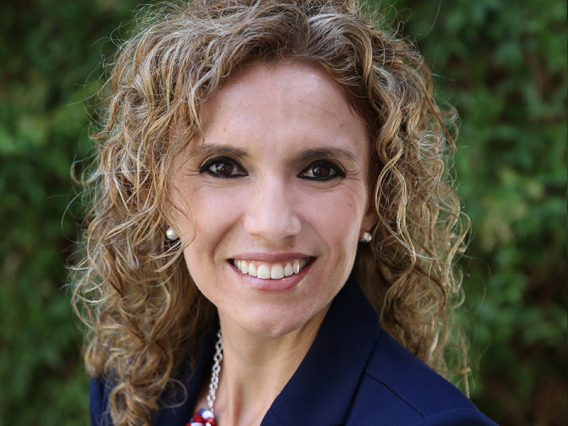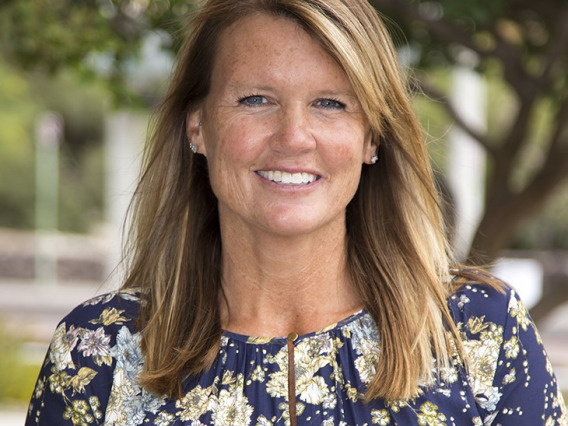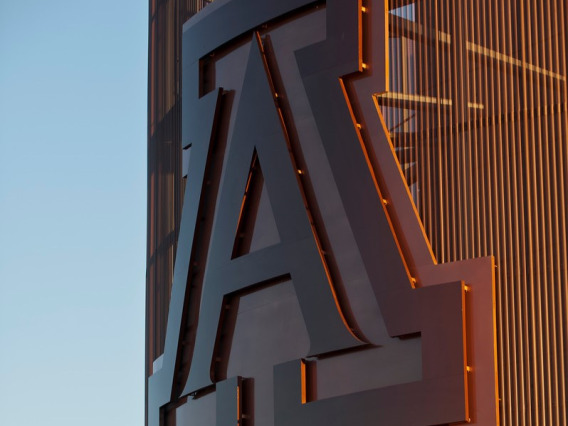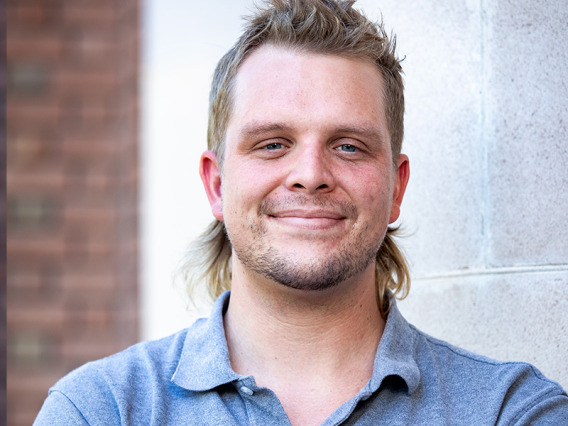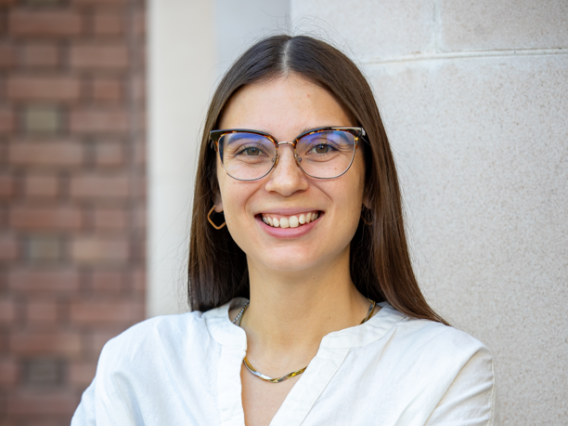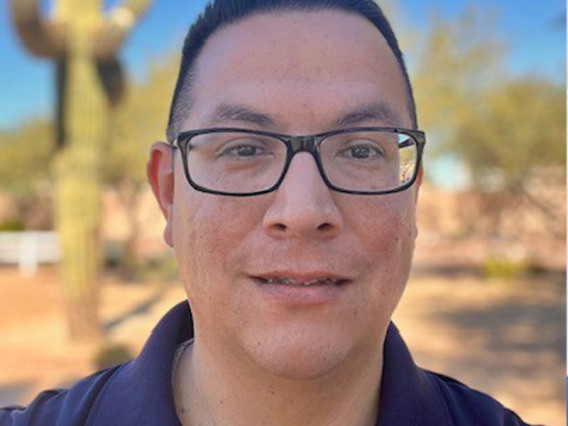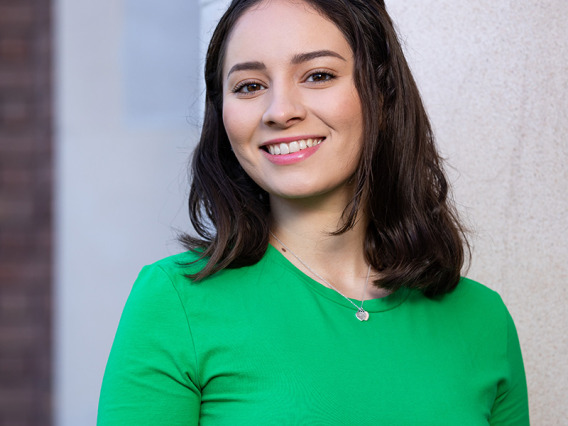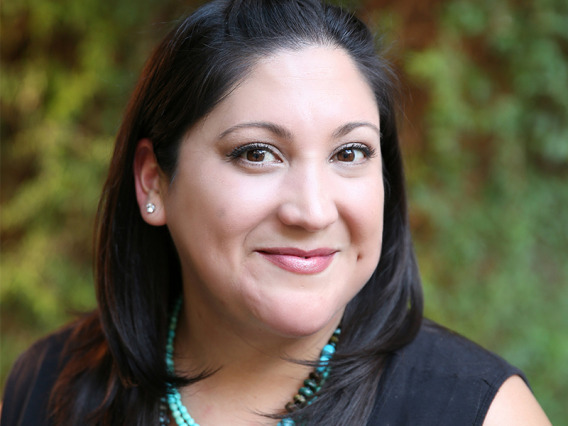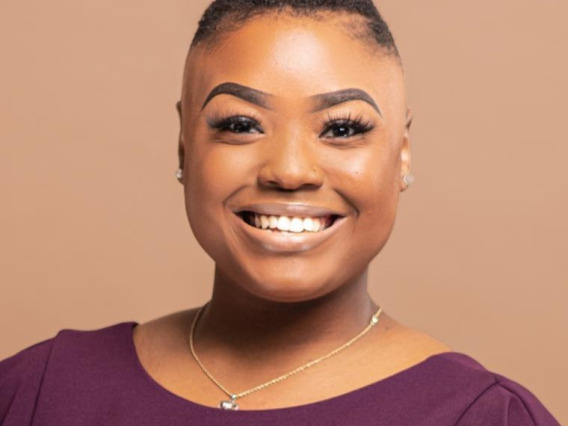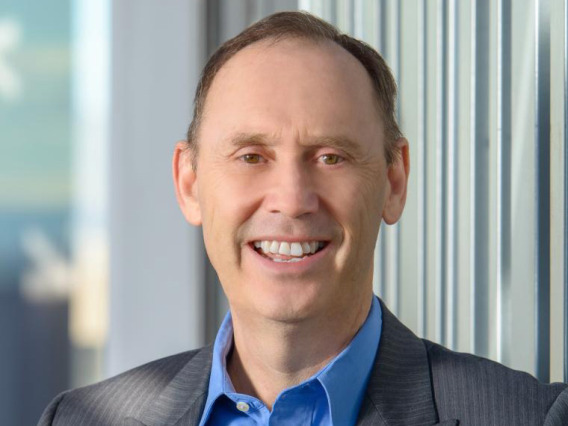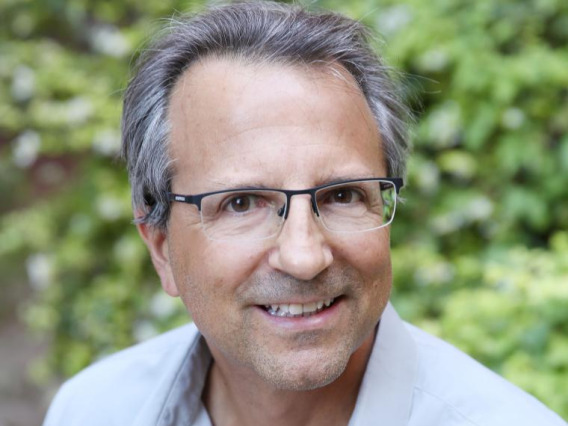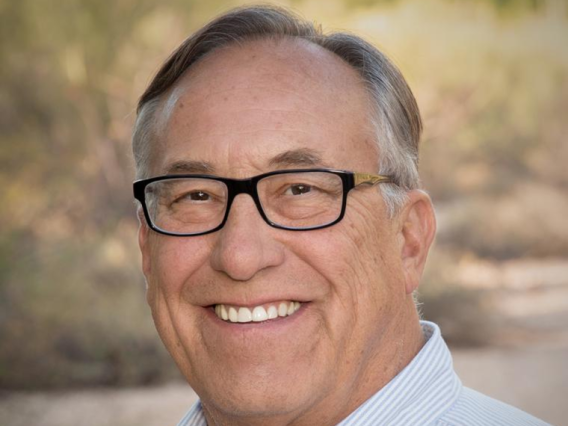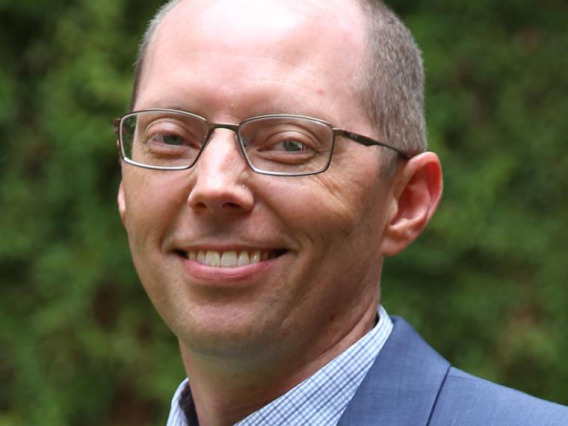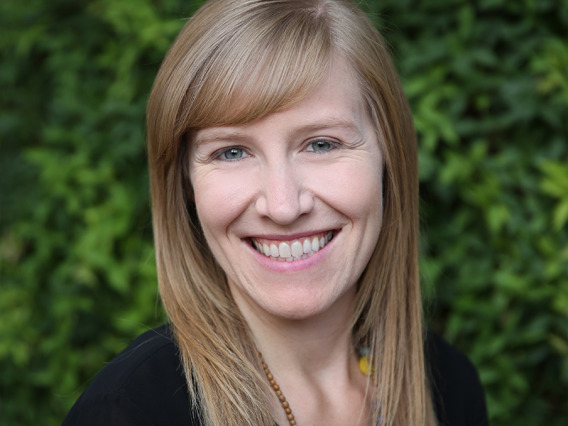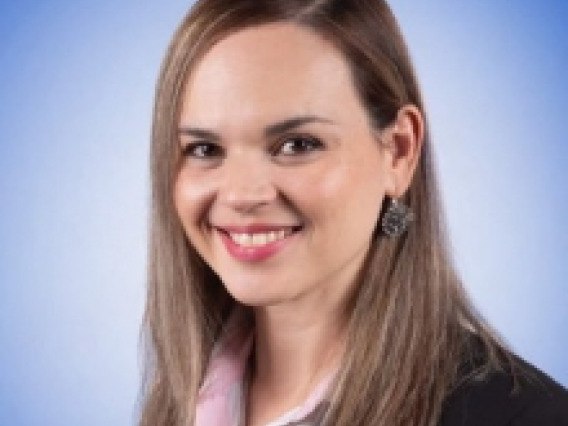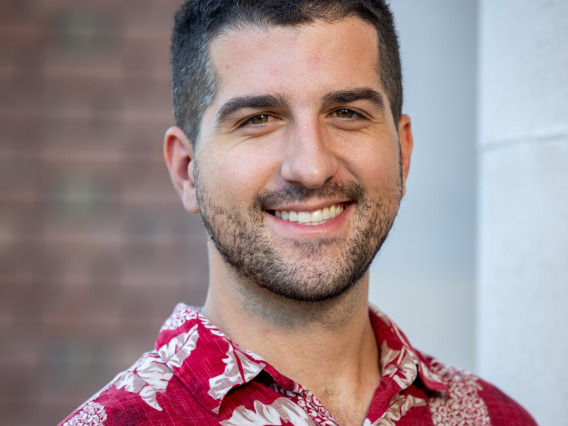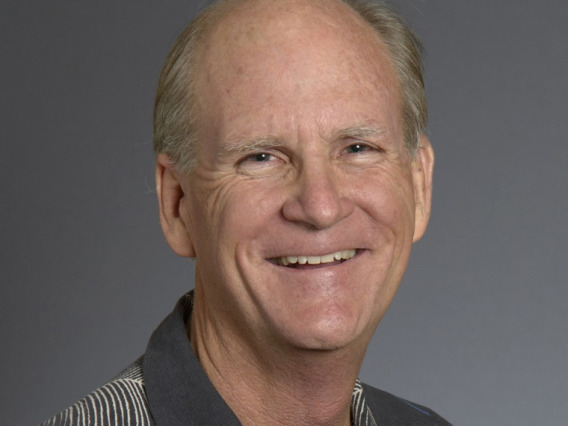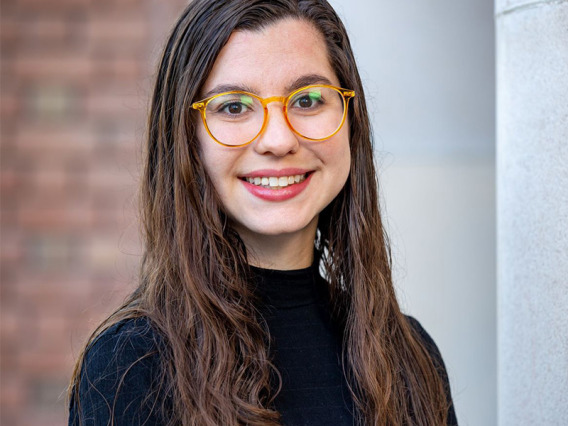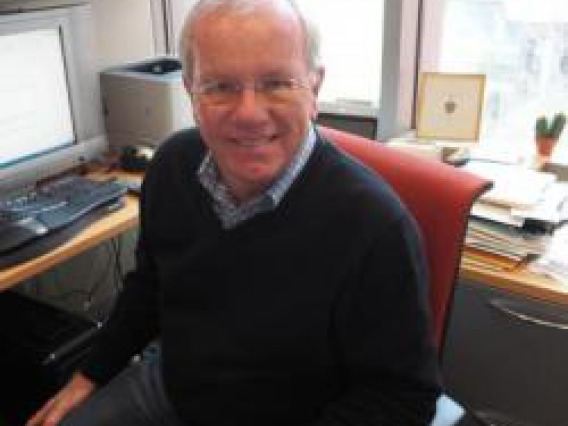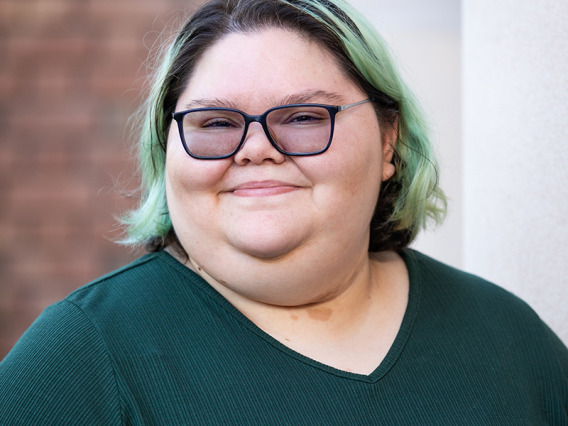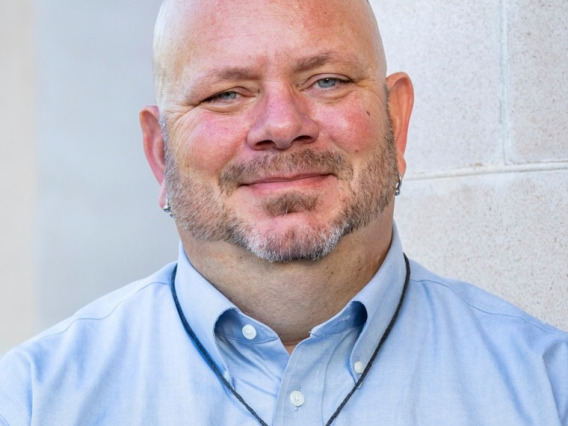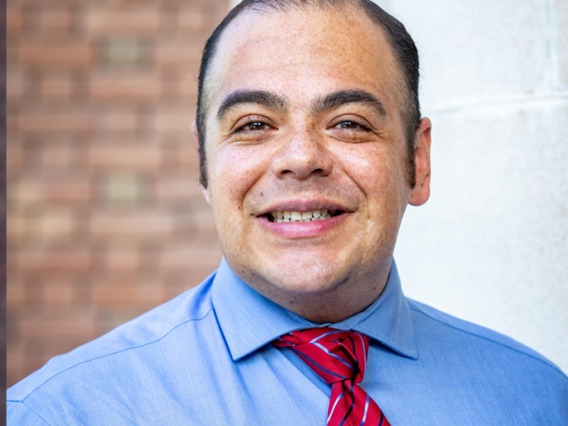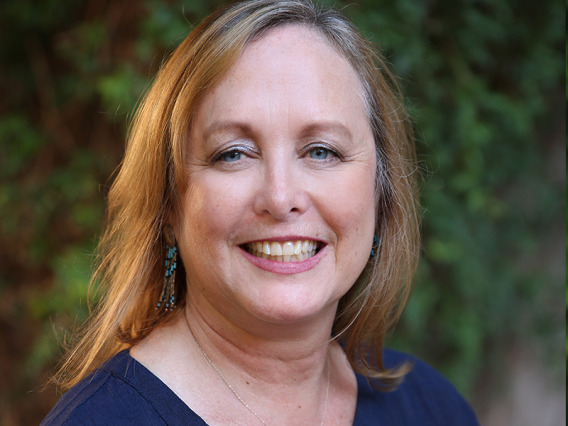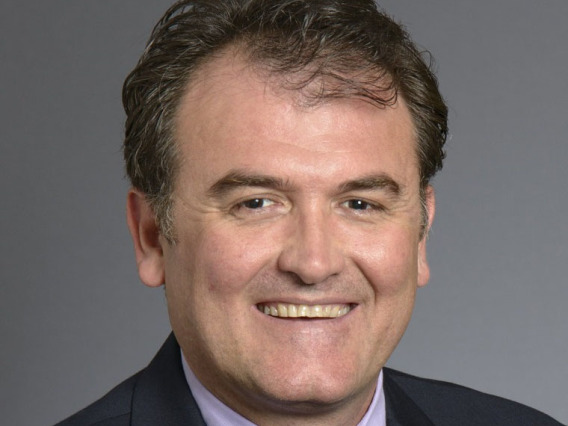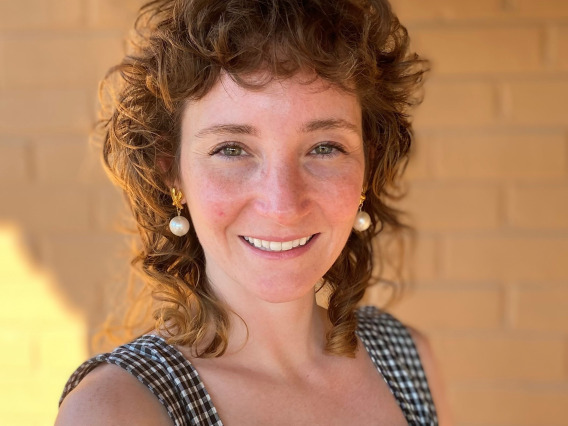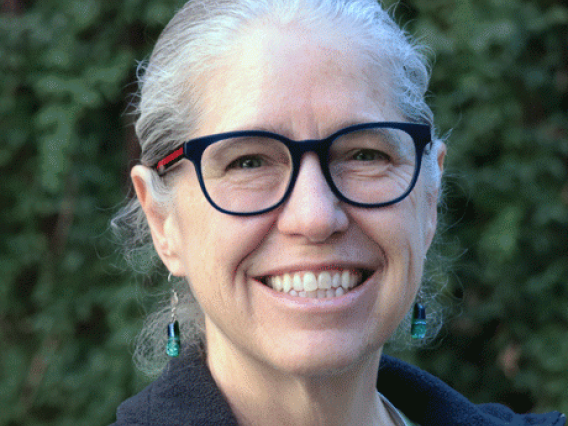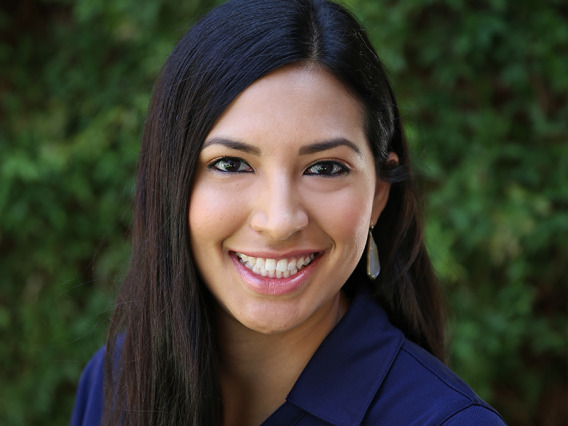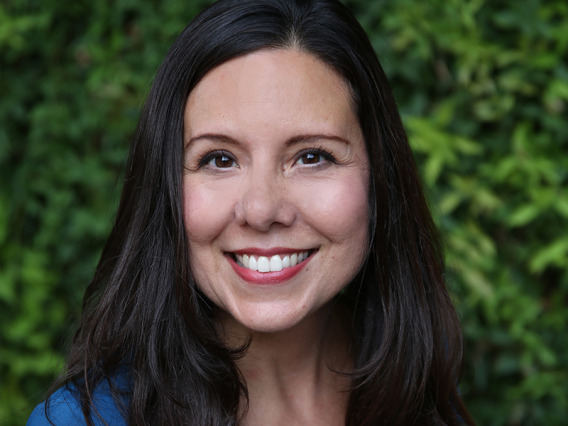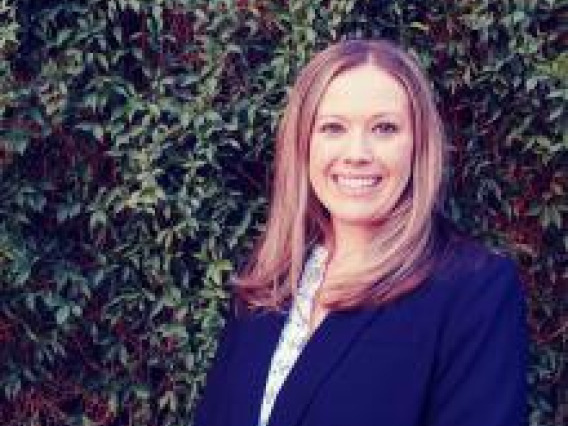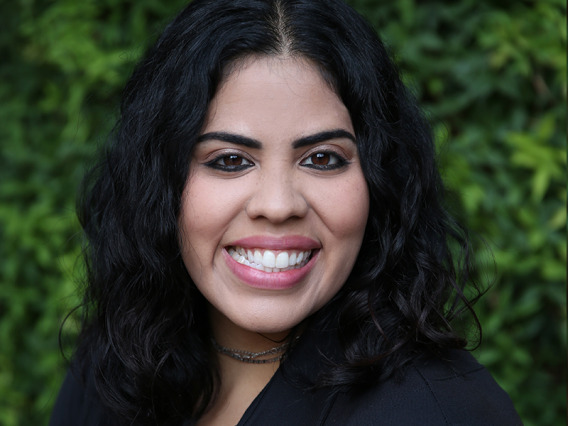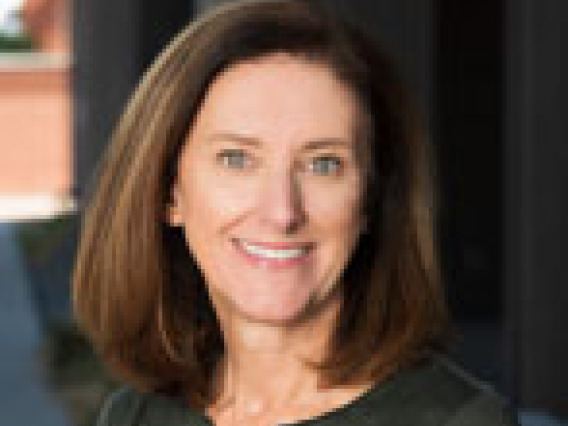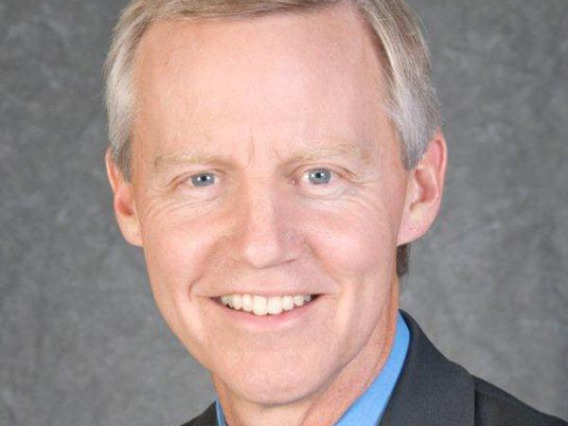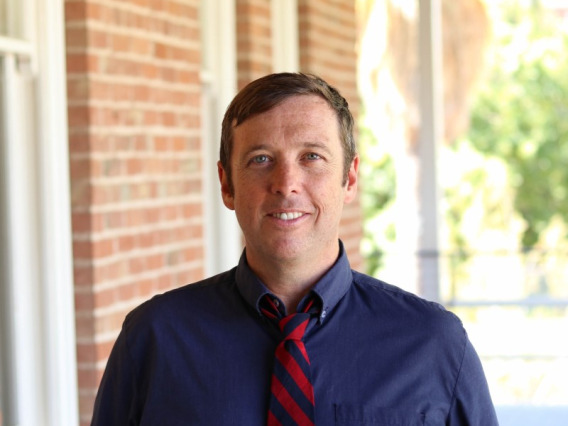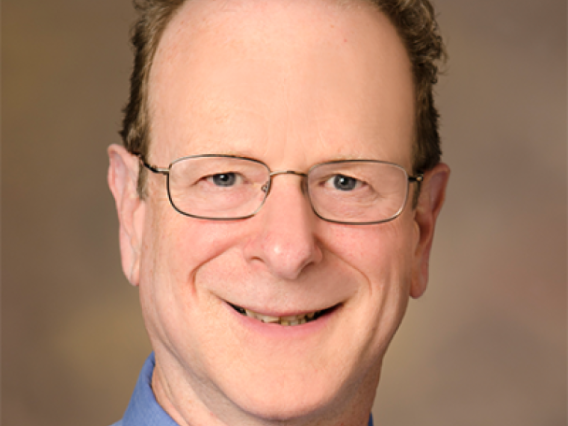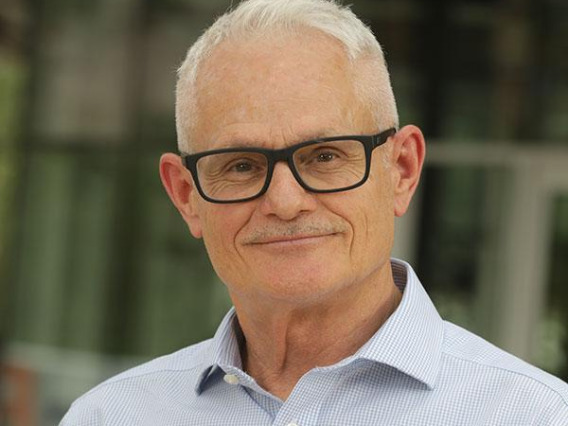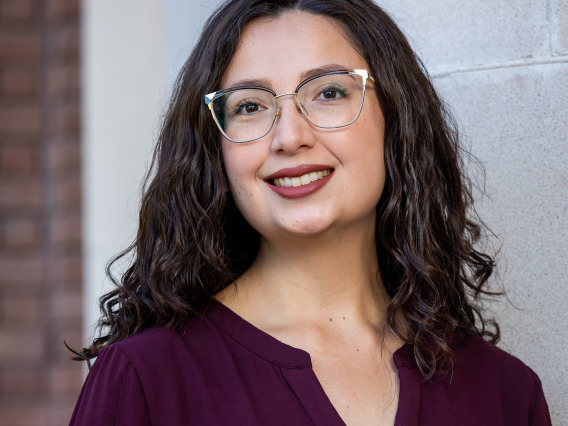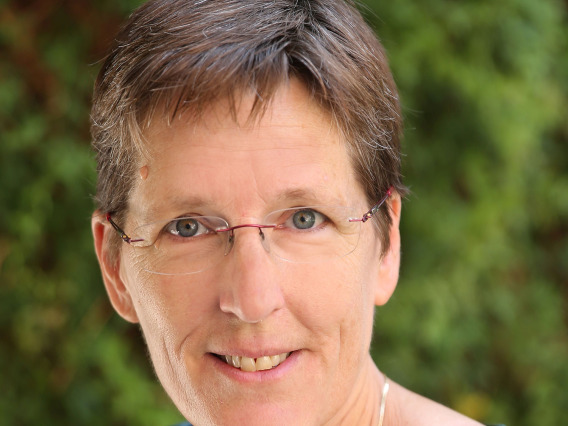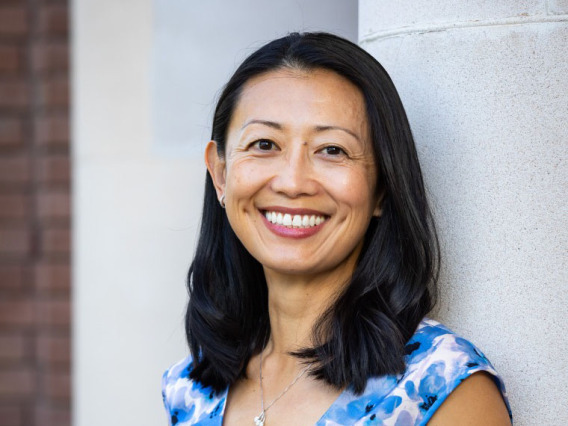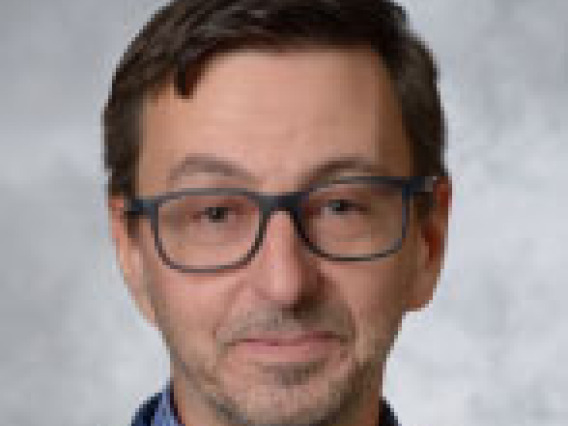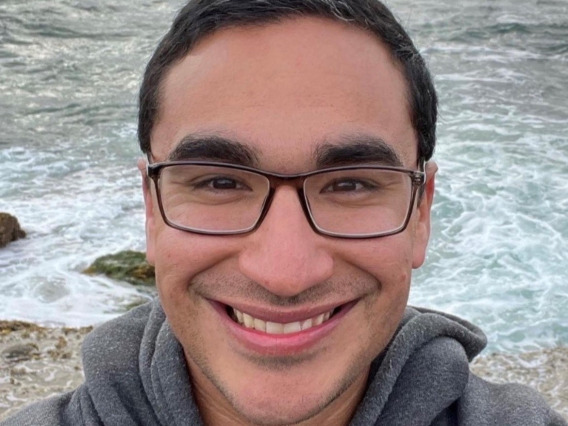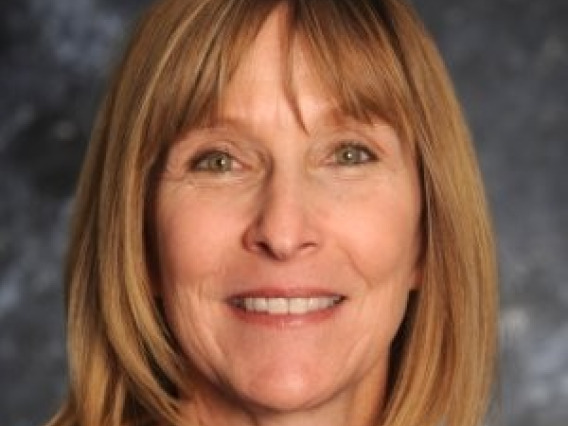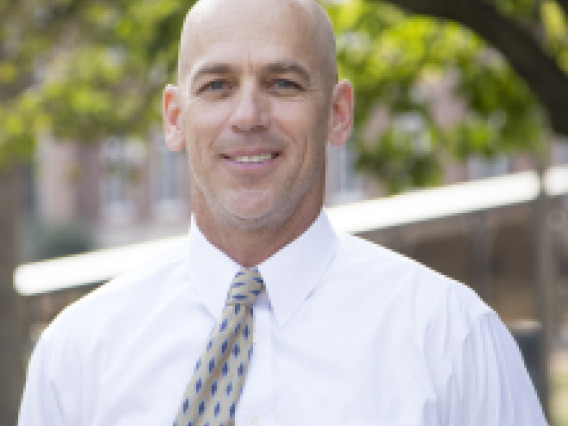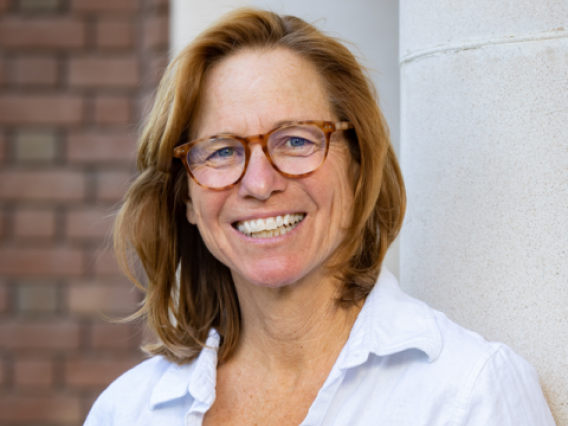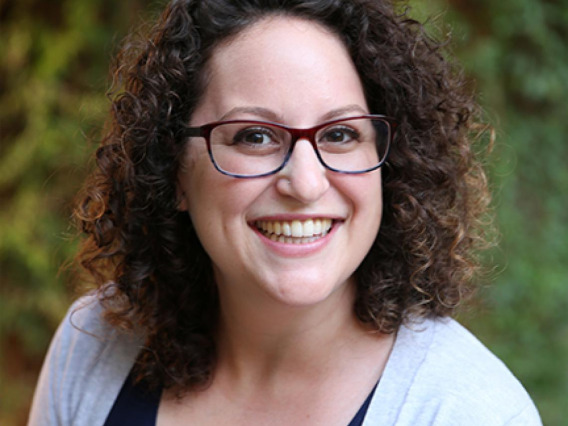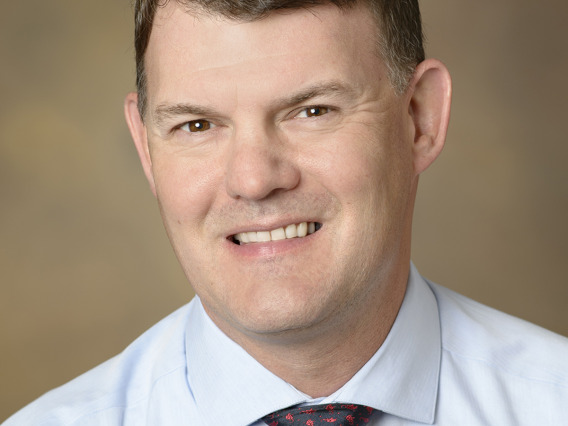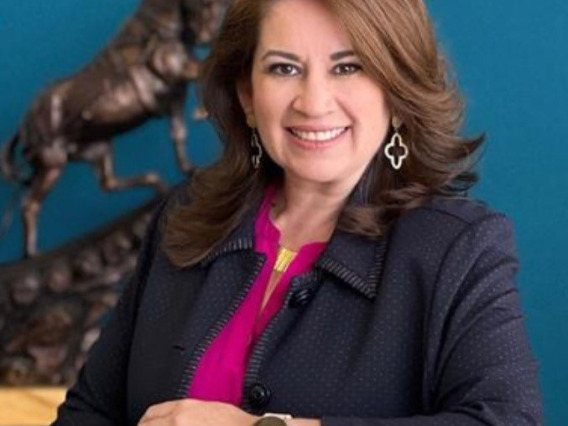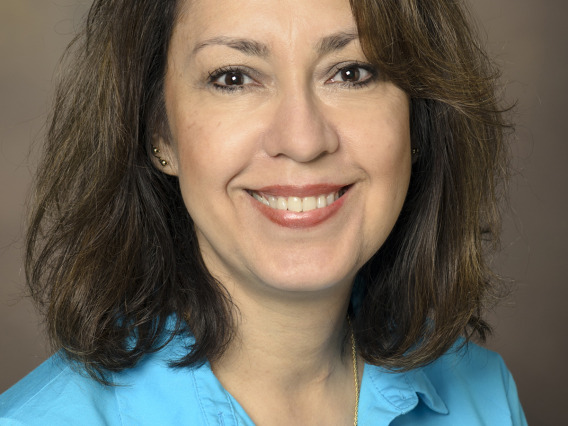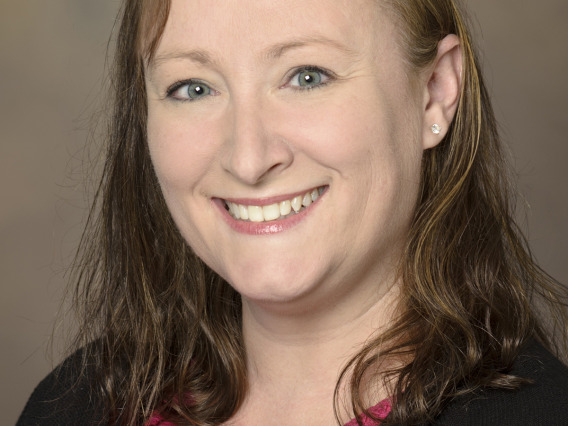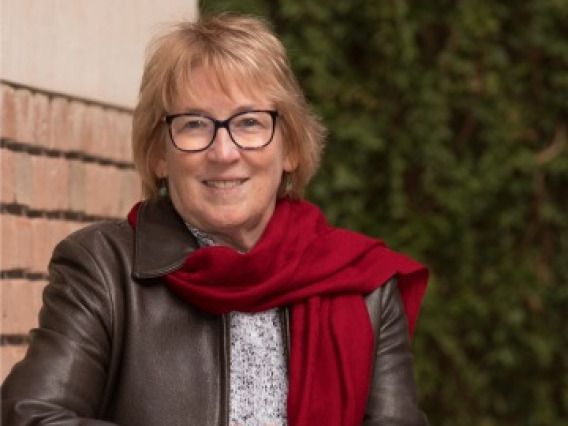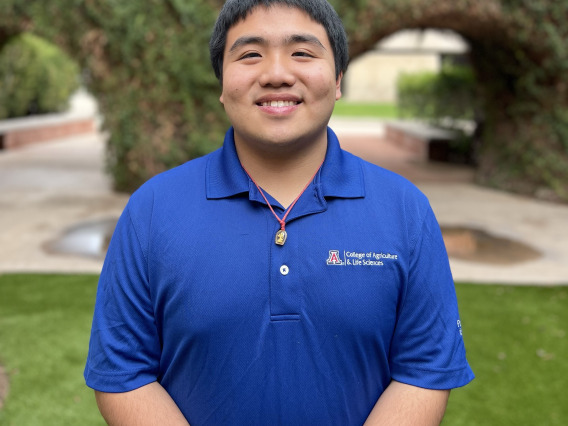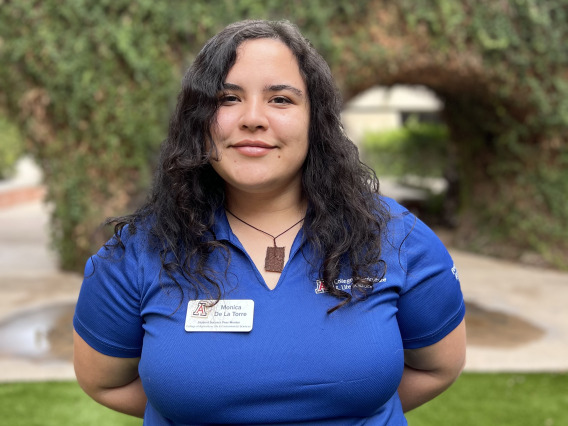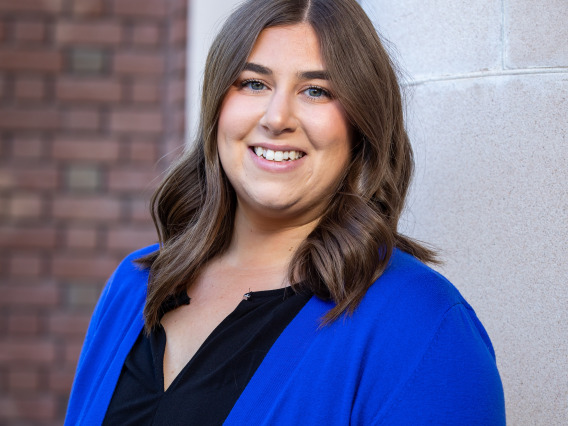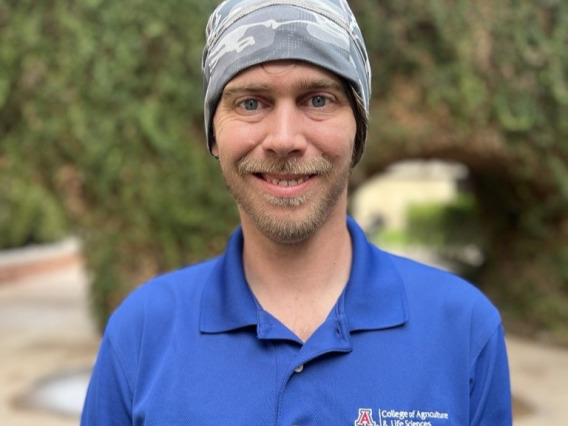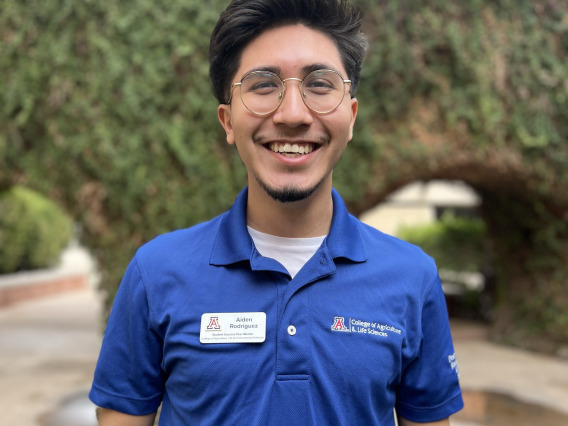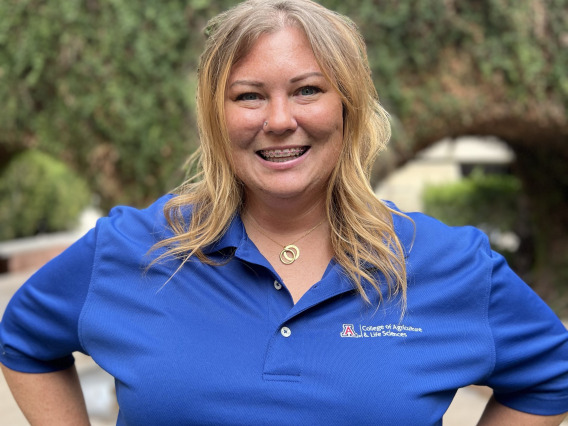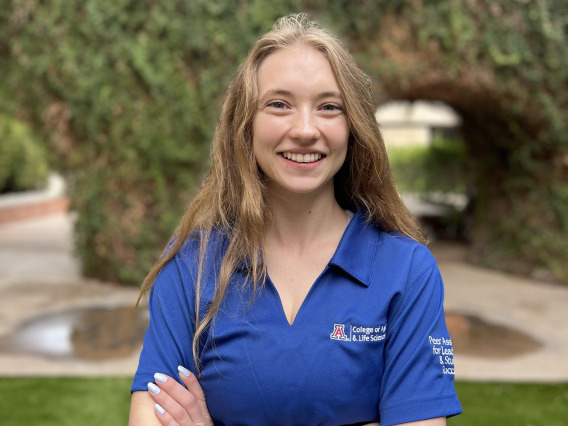Directory
Reed Battles
Academic Advisor I - academic eligibility: Animal Sciences, Veterinary Sciences, Microbiology, Natural Resources, Plant Sciences, Sustainable Plant Systems, Applied Biotechnology, Biosystems Analytics & Technology
Arianna Buchanan
Change Your Major Advisor, (FIST, HDFS, PFFP, RCSC - Main Campus)
1st Year HDFS Majors, HDFS Minors
Academic Advisor I - Academic Eligibility (Warning/Probation): Human Development & Family Science, Fashion Industry Science & Technology, Retailing & Consumer Sciences, Personal & Family Financial Planning, Agricultural Technology Management & Education,
Danielle Buhrow
Sr. Academic Advisor II
Graduate Program Coordinator
Shane C. Burgess
Vice President for the Division of Agriculture, Life and Veterinary Sciences, and Cooperative Extension
Charles-Sander Dean of the College of Agriculture, Life and Environmental Sciences
Amye Chaparro
RCSC Majors, Minors, and Certificates - Main Campus
Academic Advisor II
Jon Chorover
Interim Associate Vice President, Research, Agriculture, Life and Veterinary Sciences, and Cooperative Extension
Interim Associate Dean, Research
Professor, Environmental Science
Professor, Hydrology and Water Resources
Professor, Public Health
Jim Davis
Associate Vice President, Advancement, Advocacy, Alumni Affairs, & Corporate Relations for the Division of Agriculture, Life and Veterinary Sciences, and Cooperative Extension
Senior Director of Development for Agriculture, Life and Veterinary Sciences, and Cooperative Extension
Jeffrey Ratje
Senior Associate Vice President, Finance, Administration and Operations, Division of Agriculture, Life and Veterinary Sciences, and Cooperative Extension
Elizabeth Collins
Assistant Director of Advising HECL
Sophomore, Junior, & Senior HDFS Major Advisor
Zelieann R. Craig
Assistant Dean, Research
Associate Professor, Animal and Comparative Biomedical Sciences
Associate Professor, BIO5 Institute
Associate Professor, Physiological Sciences - GIDP
Desireé Esquivel
Arizona Online Advisor
Academic Advisor II
Last Names N-Z
Kevin Fitzsimmons
Director, International Initiatives
Specialist, Environmental Science
Professor, Agricultural and Biosystems Engineering
Professor, Roshan Persian and Iranian Studies - GIDP
Professor, Applied BioSciences - GIDP
Research Scientist, Natural Resources
David Galbraith
Interim Director and Professor, School of Plant Sciences
Professor, BIO5 Institute
Professor, Biomedical Engineering
Christina Garcia
Assistant Director of Advising ACBS
Animal Industry, Equine, Science, Pre-Professional and Race Track Industry Emphasis Advisor
Katie Hughes
Assistant Director of Advising SNRE
Graduation, career & internship advising
James Hunt
Senior Assistant Dean, Career and Academic Services
Professor of Practice, Human Development and Family Science
Murat Kacira
Interim Department Head and Professor, Biosystems Engineering
Professor, Applied BioSciences - GIDP
Director, Controlled Environment Agriculture Program
Jean McLain
Associate Dean of Faculty Advancement
Specialist, Environmental Science
Professor, Environmental Science
Michelle Mendoza
Sophomore-Senior Advising (30+) units - School of Nutritional Sciences & Wellness Majors and Minors
Sr. Academic Advisor II
Peggy Rupert, MA, MPH, RDN
Graduate Programs Coordinator
Nutritional Sciences Graduate Program (on-campus MS, PhD)
Professional Science Master’s Program-Nutrition & Wellness (online)
Graduate Certificate in Applied Nutrition Program (online)
Laura Scaramella
Director, Norton School of Human Ecology
Professor, Human Development & Family Science
Fitch-Nesbitt Endowed Chair for Excellence in Family and Consumer Sciences
Michael Staten
Bart Cardon Associate Dean for Academic Programs and Career Development
Professor, Agricultural and Resource Economics
Bruce Tabashnik
Department Head and Professor, Entomology
Regents' Professor
Professor, BIO5 Institute
Gary Thompson
Department Head and Professor, Agricultural and Resource Economics
Santiago Tso
Sr. Academic Advisor I
ENVS Undergraduate Advisor (Online)
ENVS M.S. Graduate Coordinator (Main & Online Campus)
Serena Valle
Sr. Academic Advisor I - Academic Eligibility (Warning/Probation): Environmental Sciences, Nutritional Sciences, Nutrition & Human Performance, Nutrition & Food Systems, or Precision Nutrition & Wellness
Kaydi Williams, RDN
ISPP Dietetic Internship Coordinator, Main Campus
Coordinator, Professional Science Masters in Applied Nutrition - Dietetics Emphasis, AZ Online
Jessica Zepeda
Arizona Online Advisor
Undergraduate Certificate for Didactic Program in Dietetics and prospective students
Academic Advisor II
Joan Curry
Interim Department Head and Professor, Environmental Science
Professor, BIO5 Institute
Jia Hu
Assistant Dean, Graduate Education
Associate Professor, Riparian Ecology-Ecohydrology
Associate Professor, Dendrochronology
Associate Professor, AIRES
D. Scott Merrell
Director and Professor, School of Animal and Comparative Biomedical Sciences
Julian Mirano
Academic Advisor I
First-Year-Sophomore (0-59 units) and Prospective Nutritional Science Student Advising
Kathryn Stoner
Professor and Director, School of Natural Resources and the Environment
Katrina Teer
Academic Advisor I
ENVS - PhD Graduate Coordinator
Kenneth Wilund
Director and Professor, School of Nutritional Sciences and Wellness
Sabrina Benedict Monteverde
Assistant Director of Academic Advising

